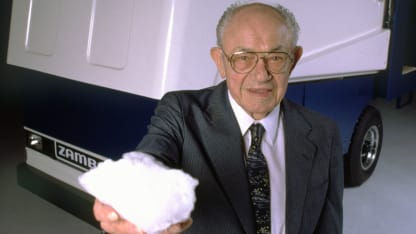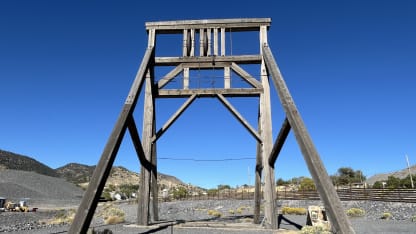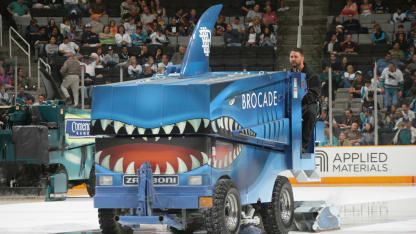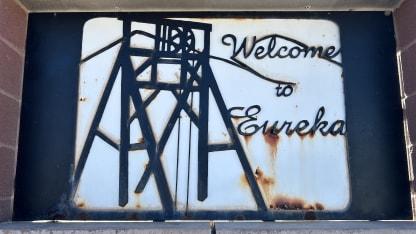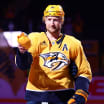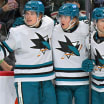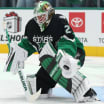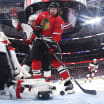The Utah Hockey Club will play its first regular-season game on Oct. 8 against the Chicago Blackhawks at Delta Center in Salt Lake City (10 p.m. ET; ESPN, ESPN+). NHL.com is counting down to the first game with a five-part series about hockey in Utah. Today, in Part 1, columnist Nicholas J. Cotsonika looks at the inventor of the Zamboni, who was born in Eureka, Utah:
EUREKA, Utah -- Eureka! We have found the birthplace of Frank Zamboni, inventor of the ice-resurfacing machine.
Start at Delta Center in Salt Lake City, home of the Utah Hockey Club, the NHL’s newest team. Drive south on Interstate 15 for about an hour, around Utah Lake and through Provo. Go west on U.S. Highway 6 for about 25 minutes into the country. Pass Hidden Treasure Spring and wind through Homansville Canyon until you come to the former mining town of Eureka, Utah.
The place has a population of between 650 and 700 people. Its biggest landmark is a 65-foot wooden headframe, the last remnant of the Bullion Beck and Champion Mining Company. It was here that Zamboni was born Jan. 16, 1901, and is still remembered today, even though it was his home for a short time.
“Everybody wants to drive the Zamboni,” said Toni Dever, the mayor of Eureka, whose grandsons played hockey at Utah Valley University near Provo. “I think hockey is just marvelous.”
